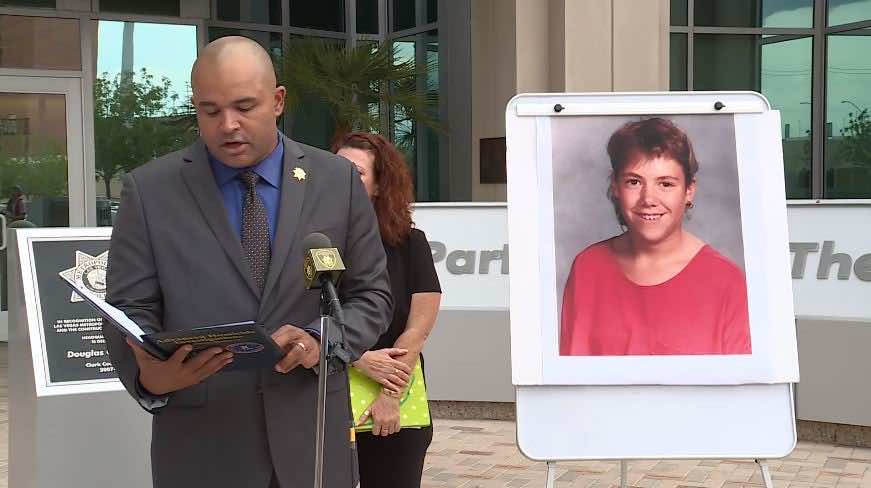It is astonishing what the recent developments in technology can achieve. When multiple sectors are considered that have been affected massively by advancements in technology, every field seems to outshine the other. There is no arena that technology has not conquered and created unprecedented progress in. A recently reported news has revealed an intriguing and impressive development caused by the advent of technology in forensics.
In 1989, there was a murder reported. the girl murdered was of fourteen years and the city where it all happened was Las Vegas. The girl’s name was Stephanie Isaacson and due to restrictive technology at that time, the case was never solved, and the murderer roamed freely. However, a recent development led to the reopening of this case after 32 years.
The new technology allowed the forensic department to test the DNA from the most minimal amount of evidence left from that time. From merely 15 human cells, the team was able to identify the killer. This astonishing occurrence surprised everyone, and the girl’s mother was relieved that the culprit was finally identified.
It was found out that the murderer has passed away in 1995 and could not be brought to justice. Still, it is a great achievement that he could be identified. The police reported that they were able to reach this result through genome sequencing and public genealogy data.
The case was reopened after a donation was made from the local. The investigation occurred in Othram, a lab that specializes in cold cases. Usually, the DNA sequencing done is based on around 750 to 1000 nanograms of DNA evidence. In this case, only 0.12 nanograms of DNA were available. It was groundbreaking when the murderer, Darren Roy Marchand, was matched with the evidence. His DNA was matched with another murder case evidence from 1986. The company is now working on cases dating from 1881.

